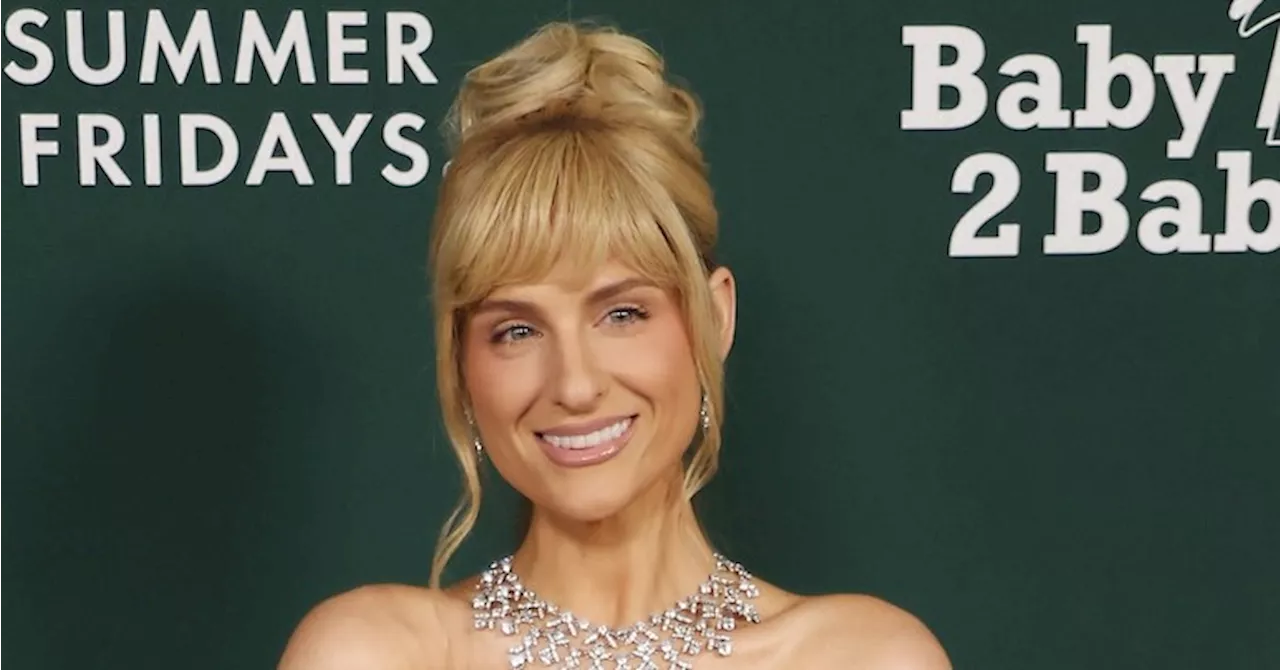URGENT UPDATE: A major divide among Federal Reserve officials is shaking expectations for a rate cut in December, casting uncertainty over markets. Just last week, the Federal Open Market Committee voted 10 to 2 to cut borrowing costs by a quarter percentage point, but conflicting opinions among members have emerged, leading to a dramatic shift in market sentiment.
At the heart of the dispute is the balance between a weakening labor market and persistently high inflation, exacerbated by a government data blackout due to the ongoing shutdown. As of Monday, markets are now pricing in only a 65 percent chance of a rate cut next month, down from over 90 percent following comments from Fed Chairman Jerome Powell.
The rift first became apparent during the Committee’s last meeting. Newly appointed Fed Governor Stephen Miran advocated for a larger half-point reduction, while Kansas City Fed President Jeffrey Schmid opposed any cuts, highlighting a rare divergence among central bank leaders. Powell acknowledged these “strongly differing views” in his post-meeting press conference, emphasizing that a December rate cut is “not a foregone conclusion.”
This internal conflict has intensified as more officials publicly voice their positions leading up to the December meeting. Miran has emerged as the most dovish voice, claiming that current policy is too restrictive. “I think policy is too restrictive and that we’re too far above where neutral rates would be,” he stated, following a report revealing that U.S. companies added 42,000 jobs in October, a slight increase over expectations.
However, a growing faction within the Fed is leaning toward a more hawkish stance. Dallas Fed President Lorie Logan, Cleveland Fed President Beth Hammack, and Atlanta Fed President Raphael Bostic have expressed concerns about further easing while inflation remains high. Chicago Fed President Austan Goolsbee, although he supported the recent cut, voiced apprehension regarding inflation trends, stating he is “undecided” heading into the December meeting.
The tension reached new heights during a Monday event at the Brookings Institution, where Governor Lisa Cook highlighted the fragility of the Fed’s dual mandate to promote maximum employment and stable prices. She cautioned, “Keeping rates too high increases the likelihood that the labor market will deteriorate sharply,” yet warned that “lowering rates too much would increase the likelihood that inflation expectations will become unanchored.” She described the upcoming December meeting as “live” for a possible cut, but refrained from committing to any decision.
As the situation unfolds, San Francisco Fed President Mary Daly stressed the need for caution, referring to the recent rate cut as “insurance” against potential labor market weaknesses. “It would be an unfortunate outcome if we get inflation to 2 percent at the cost of millions of jobs,” she stated, emphasizing the balance necessary between competing economic risks.
The Fed’s internal divisions highlight the urgent need for clarity amid a turbulent economic landscape. With December fast approaching, all eyes are on the central bank as it navigates these conflicting perspectives and the implications for the U.S. economy. Stay tuned for further developments as this story continues to evolve.







